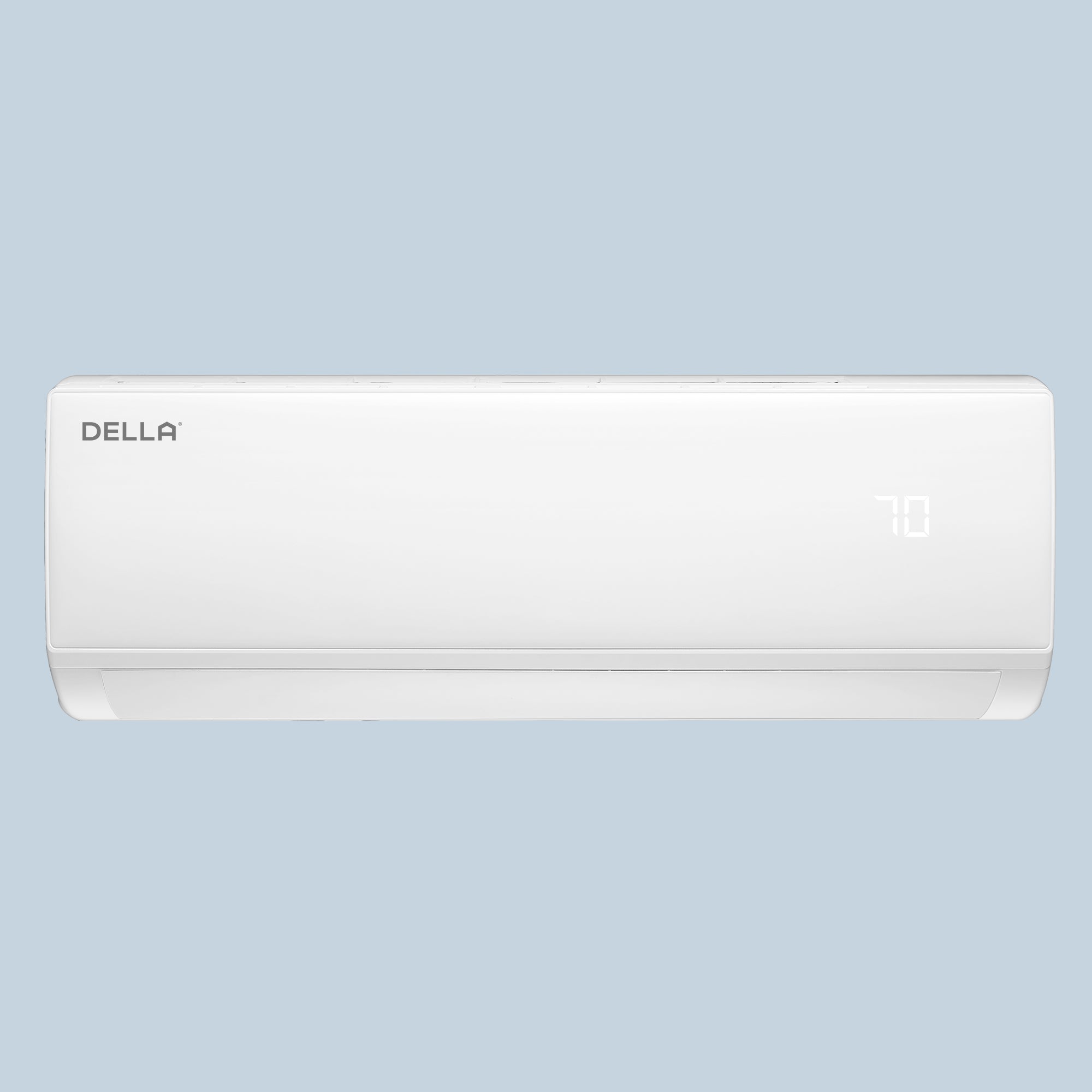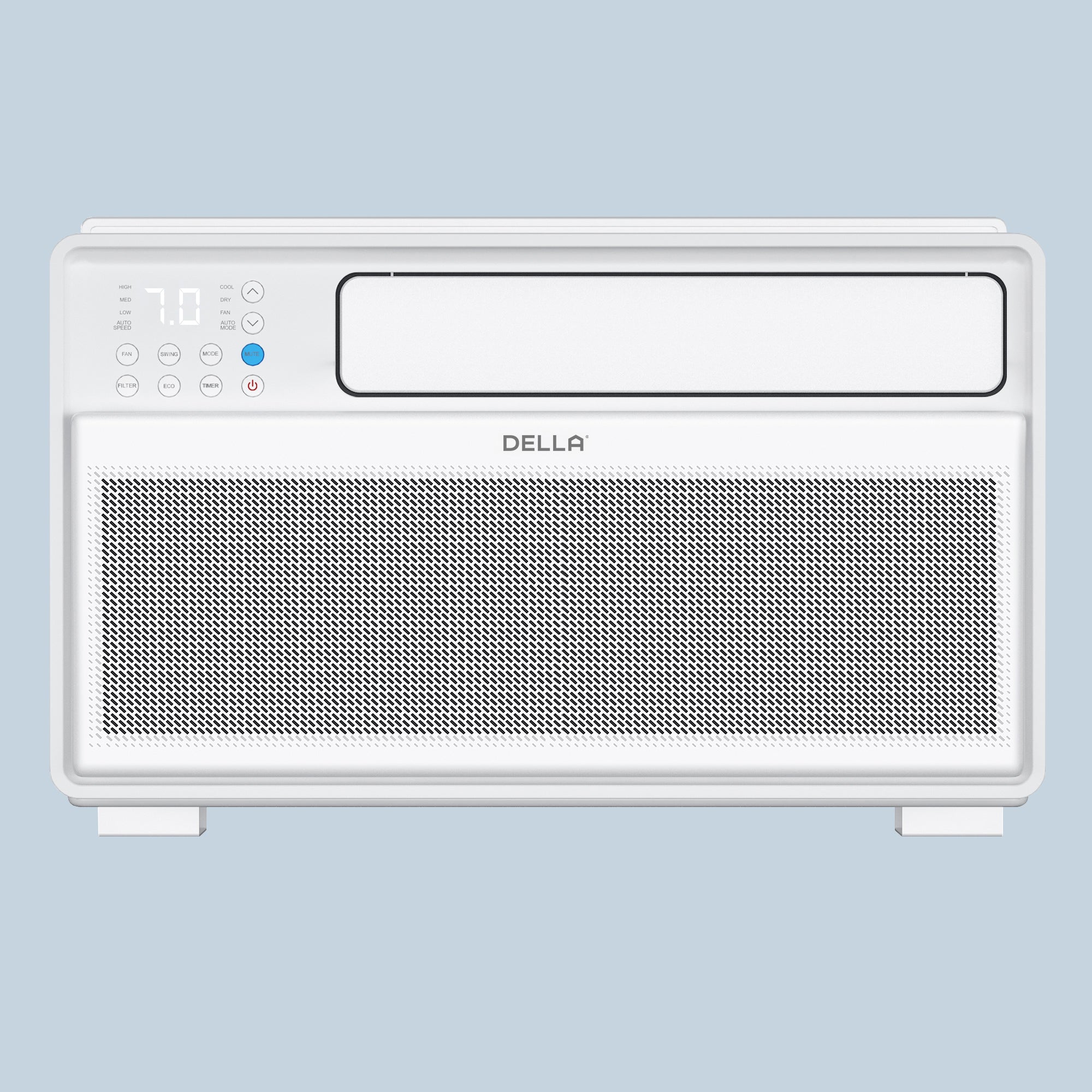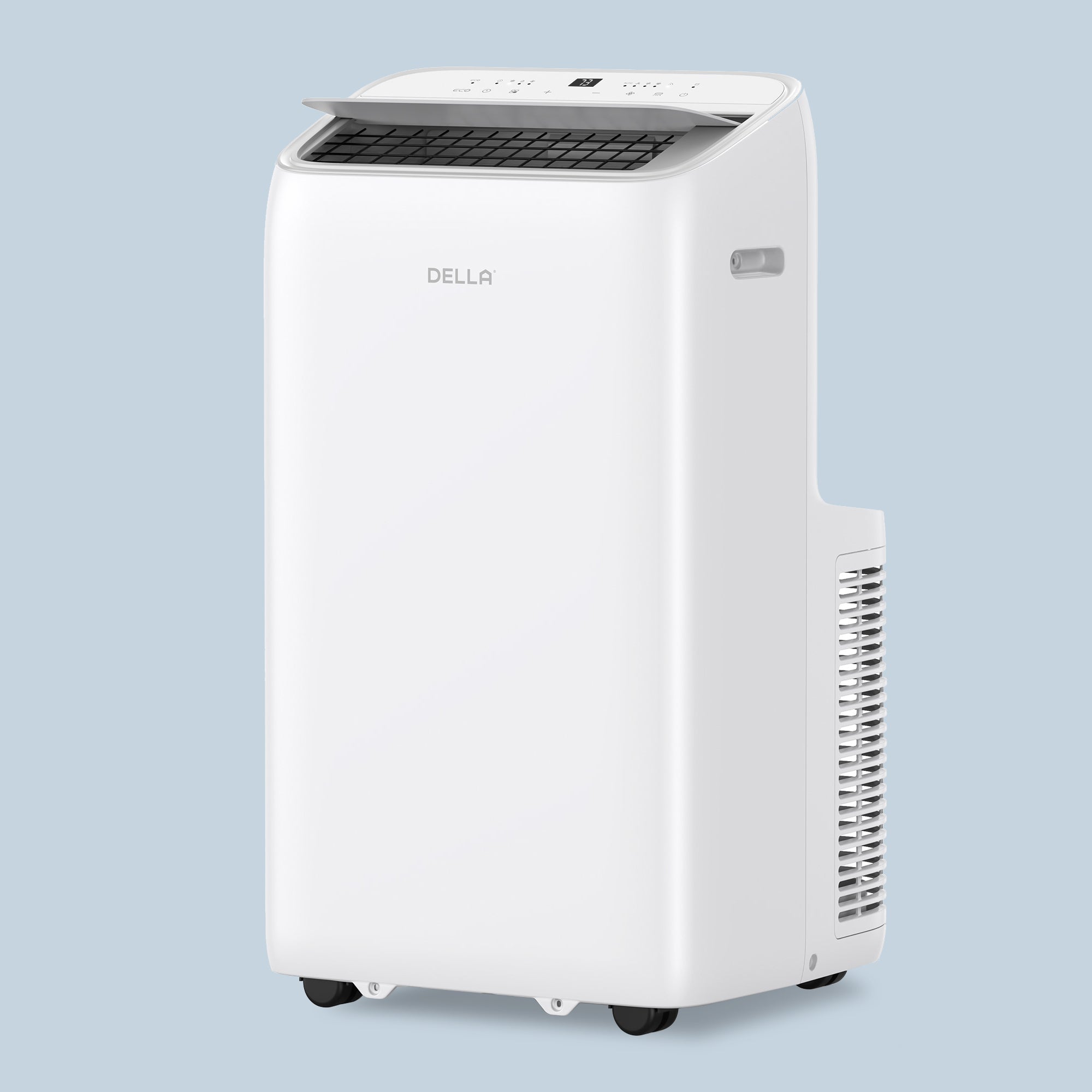Spring is here, and summer is just around the corner. Before the heat kicks in, now is the perfect time to give your portable air conditioner a deep clean. Over months of use, dust, dirt, and moisture build up inside, affecting its cooling power and even leading to mold or musty odors.
The good news? Cleaning your portable AC is easier than you think! In this guide, you’ll learn exactly how to clean the filters, coils, water tank, and more to keep your unit running smoothly. Plus, we’ll cover post-maintenance tips and answer common questions to help you get the most out of your standing AC unit.
Let’s get started!
How to Clean Your Portable Air Conditioners?
Here are 7 simple steps to give your unit a thorough cleaning.
1. Cleaning the Portable AC Air Filter
The portable AC air filter traps dust, pet hair, and other particles, preventing them from clogging the unit. A dirty filter reduces airflow and makes your AC work harder.
How to clean it:
-
Remove the portable air conditioner filter (usually located behind a panel on the front or side).
-
Rinse it under warm running water or use a vacuum to remove dust.
-
If it's very dirty, wash it with mild soap and let it dry completely before putting it back.
Tip: Clean the filter every two weeks during heavy use to maintain the standing AC unit cooling efficiency.
2. Cleaning the Portable AC Evaporator and Condenser Coils
These coils inside the portable AC are responsible for cooling and removing heat. When dust and grime build up, they can reduce efficiency and cause overheating. Keeping evaporator and condenser coils clean matters, especially for portable air conditioner heat pumps.
How to clean them:
-
Turn off and unplug the unit.
-
Use a soft brush or vacuum to remove surface dust.
-
Spray a coil cleaner (or a mild soap and water mix) onto the coils and let it sit for a few minutes.
-
Gently wipe with a cloth or rinse lightly if the manufacturer allows it.
3. Emptying and Cleaning the Portable AC Water Tank
Portable ACs collect moisture in the water tank while cooling, and standing water can lead to mold growth.
How to clean it:
-
Remove the drain plug and empty the water tank.
-
Rinse the tank with a mix of water and white vinegar to kill bacteria.
-
Let it dry completely before reinserting.
-
If your unit has a drain hose: Check for clogs and clear them if needed.
4. Wiping Down the Exterior and Vents of the Standing AC
Dust and dirt on the outside of the standing AC unit can find their way inside.
How to clean it:
-
Use a damp cloth to wipe down the surface.
-
Clean the vents with a small brush or vacuum to remove trapped dust.
5. Checking and Cleaning the Drain Hose (if applicable)
Some units use a drain hose instead of a water tank. Over time, this hose can clog with dirt and mold.
How to clean it:
-
Detach the hose and rinse it with a vinegar-water solution to remove buildup.
-
Let it dry fully before reconnecting.
6. Inspecting and Cleaning the Exhaust Hose
The exhaust hose removes hot air from your room. If it’s blocked or dirty, your AC won’t cool efficiently.
-
Detach the hose and check for dust buildup.
-
Use a vacuum to clear out debris.
-
Ensure the hose is straight and free of kinks to maintain proper airflow.
7. Ensuring Proper Airflow for Optimal Performance
A clean portable AC still needs good airflow to work efficiently.
-
Check the fan blades for dust buildup and wipe them clean.
-
Ensure the unit is placed away from walls or furniture to allow proper ventilation.
-
For heat pump models: Since they work year-round, regular airflow checks help prevent overheating.

Post-Maintenance Tips for a Longer-Lasting Portable AC
Cleaning your portable air conditioner is just the first step—keeping it in top shape requires a little ongoing maintenance. Follow these simple tips:
1. Clean the Filter Regularly
A clogged filter forces your AC to work harder, reducing efficiency and increasing energy use. Wash or vacuum the filter every two weeks during peak summer months to keep airflow strong.
2. Keep the Coils Dust-Free
Even after a deep clean, dust can quickly build up on the evaporator and condenser coils. Lightly vacuum or wipe them down once a month to maintain cooling performance.
3. Check the Drain System Frequently
If your AC has a water tank, empty it before it gets full to prevent mold.
If your unit has a drain hose, inspect it regularly to make sure it’s not clogged.
For humid areas, consider using a continuous drain setup to avoid frequent emptying.
4. Store the Unit Properly in the Off-Season
When summer ends, don’t just shove your portable air conditioner unit into storage—prep it first!
-
Clean and dry all parts to prevent mold and musty smells.
-
Detach and inspect the exhaust hose for cracks or buildup.
-
Store in a dry place, covered with a cloth or plastic sheet to keep dust out.
5. Ensure Proper Ventilation During Use
Position your AC away from walls and furniture for unobstructed airflow.
Keep the exhaust hose straight to prevent blockages that could cause overheating.
For heat pump models, make sure nothing is blocking airflow when switching between heating and cooling.

Why Regular Cleaning of Your Portable AC Matters?
You might be wondering—how much does cleaning really impact your portable air conditioner? The truth is, regular air conditioner maintenance for standing AC unit does more than just keep your unit looking nice. It directly affects efficiency, air quality, and lifespan. Here’s why cleaning is essential:
Boosts Energy Efficiency & Saves Money
A dirty AC has to work harder to cool your space, which means higher energy bills. Clean filters, coils, and vents allow for smooth airflow, helping your unit run efficiently while using less power.
Prevents Mold, Odors, and Allergens
Portable ACs remove moisture from the air, creating a prime environment for mold and bacteria if not cleaned regularly. Dirty water tanks, clogged filters, and unclean hoses can lead to bad smells, poor air quality, and even health issues.
Extends the Lifespan of Your AC
Dirt buildup can cause overheating, blocked airflow, and even damage to internal components. Routine cleaning reduces wear and tear, helping your portable AC last for years without needing costly repairs or replacements.
Improves Performance Year-Round (Especially for Heat Pump Models)
Since portable heat pump switches between cooling and heating, keeping the evaporator and condensor coils, filter, and airflow clear is even more important. Regular maintenance prevents overheating, ensures efficiency year-round, stays efficient and odor-free.
Avoids Unnecessary Breakdowns
Skipping regular cleaning increases the risk of clogs, leaks, and even system failure. A little upkeep now saves you from expensive repairs later!
A clean AC cools (and heats) better, costs less to run, and lasts longer. So, if you haven’t cleaned yours yet—now’s the time!
Need Help with Portable AC Maintenance? Contact Della Now!
While regular cleaning keeps your portable AC in good shape, some issues require professional attention. You might need expert help if:
-
Your AC isn’t cooling or heating properly, even after cleaning.
-
There’s a persistent musty odor, possibly from hidden mold buildup.
-
Water is leaking from the unit.
-
The AC is making unusual noises, like rattling or buzzing.
-
You haven’t cleaned the unit in over a year, and performance has dropped.
If you're unsure whether your AC needs professional cleaning, Della can help! Contact Della for expert advice on maintaining your portable air conditioner. Their team can guide you on the best steps to keep your unit running efficiently.
Della offers more than just portable ACs—we provide window AC units and high-performance mini split systems, including multi-zone options for whole-home cooling. Whether you need a simple cooling solution or an advanced multi-head mini split setup, Della has the perfect air conditioner system for your needs.
Looking for a great air conditioner sale? Check out Della’s latest deals on portable ACs, window ACs, and mini split systems to find the perfect fit for your space.
FAQs about Portable Air Conditioner Cleaning and Maintenance
Can I spray my portable AC unit with water?
It depends. You can rinse the removable air filter with water, but avoid spraying water directly inside the unit, as it can damage electrical components. Use a damp cloth or coil cleaner instead for internal parts.
How do you get mold out of a portable air conditioner?
If you notice mold, follow these steps:
-
Remove and wash the filter with soap and warm water.
-
Mix equal parts vinegar and water and use it to wipe down the interior.
-
Clean the water tank and drain hose with vinegar to kill bacteria.
-
Let all parts dry completely before reassembling.








LEAVE A COMMENT
All comments are moderated before being published.
This site is protected by hCaptcha and the hCaptcha Privacy Policy and Terms of Service apply.